Good background music is what separates a decent video from a great one. Well, that might not resonate with you, but the fact is, the right song/tune can elevate pretty much any video you have.
It all boils down to your taste in music, and whether you can create a seamless blend. So, if you’re confident of your mixing skills, don’t hesitate to dig in.
Here, we take a look at three of the most popular apps in the segment and tell you how to add music to your videos.
Related → How to trim a video on Android
Using InShot Video Editor
Download and install the InShot Video Editor from Google Play and once the app is installed, open it. To start creating a video with background music, select the Video tile from the app’s home screen, select a video, and then tap on the tick mark bubble at the bottom right corner. 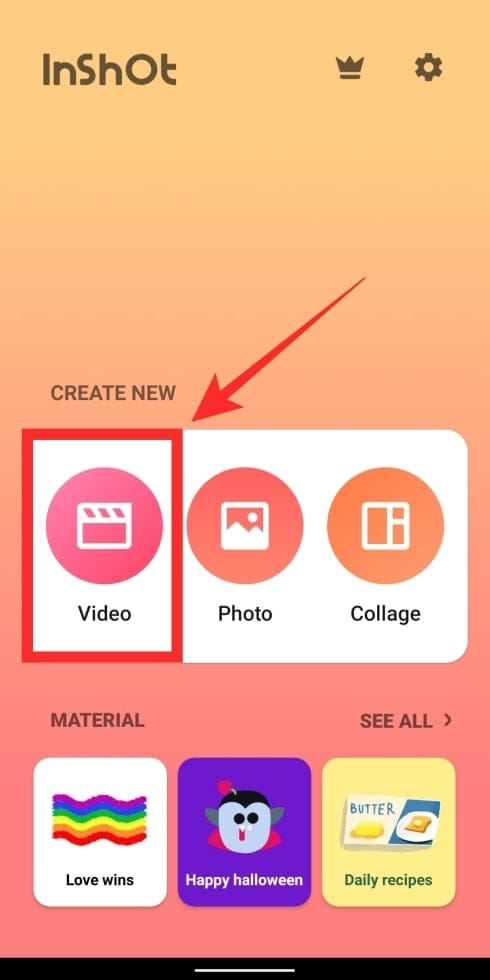
At this point, the app’s native video editor screen will pop up. Tap on the ‘Music’ tab from the bottom toolbar and then tap on the ‘Tracks’ button on the next screen.
You will now be offered a number of choices to add audio under these sections – Featured, My Music, and Effects.
Featured: This section offers pre-defined music that you can add to your video. Currently, there are songs from over 23 different artists/albums/playlists to choose from like Pollen, Not the king, Rook1e, Ikson, Carl Storm, Jef, Phillip E Morris, and more.
My Music: You also have an option to load songs and tracks that are already present in your library. You also get an option to extract audio from videos present in your storage.
Effects: If you do not want music to run in the background but instead prefer to add reactions, then choose your background audio effect under the ‘Effects’ tab. You can choose to add effects ranging from laughter, bells, farts, heartbeat to that of airplanes, weapons, and even insects.
Select any audio depending on your preference. When using a track that’s available online, tap on the download (cloud icon with a downward arrow) button. To use audio from the list, tap on the Use button adjacent to your selection.
Your audio will now show up on the Editor screen. Here you can select which part of the audio you want to use inside the video and for how long. You can scroll through the seek bar and set start and end times for the audio to be played.
Additionally, you can lower the volume of the original audio by tapping on the original audio tab at the bottom and setting a preferred volume of choice. Once all changes are made, tap on the checkmark on the right side and tap on the Save button at the top right corner.
That’s it! You have successfully used InShot Video Editor to add background music to your video.
Related → How to record video of your phone screen
Using Quik by Go Pro
You’ll be surprised to know that GoPro offers its own video editing tool ‘Quik’ for free, which also offers means to add background audio to your videos. Download and install the Quik app from Google Play and once the app is installed, open it. Inside the Quik app, tap on the ‘Create a new video’ button, give the app storage permissions, select a video you want to edit and tap on the tick mark bubble at the bottom right corner.
Inside Quik’s video editor screen, tap on the Music icon at the bottom. Here, you can choose from different background audio for your video clip based on different moods like travel, friends, summer, cinema, memories, and more.
If you’re not satisfied with the available options on this screen, you can tap on the right arrow icon and go to the ‘Music library’ to find your pick from more soundtracks. These sounds will be available inside different sections under the ‘Featured’ tab and you can also add audio from your own storage by tapping on the ‘My music’ tab.
Once you have selected a track to add to your video, you can make further changes to the video by tapping the Settings icon at the bottom. Inside the Settings screen, you can change some aspects for the video like duration, square, music start, filter, font, palette, and outro off. 
When you have made all the necessary changes, tap on the download bubble at the bottom right to save your video to your library. That’s it. Your new video with a background song is ready for you. You can also share a link to the video, send the file directly to your friends, or upload the video to your Instagram Stories from right within the Quik app.
Related → How to use Fooview Android app
Using VideoShow Video Editor
Install the VideoShow Video Editor from Google Play and then open it. When the app opens, tap on the ‘Edit video’ tile, select a video to add background audio to and then tap on the ‘Next’ button at the bottom.
In the video editor screen, tap on the ‘Sound’ tab at the bottom and select Music. The app also allows you to select multiple audios, add sound effects, and a VoiceOver over your video.
When you tap on the Music option, you will be taken to a new screen, asking you whether you want a background sound from VideoShow Video Editor’s options or from your own library. To select your own sound, tap on the ‘My Music’ tab, if not, go to the ‘My downloads’ tab at the top and tap on the ‘Download more music’ button.
Choose your background song from VideoShow’s library and when you’re ready with your selection, tap on the download icon next to the audio and then on hit the ‘+’ icon when the download is complete. In the next screen, you will be asked to trim the audio that you want to add to the video. When trimming is done, tap on the ‘Add music’ button at the bottom.
You’re almost complete. When the main editing screen appears, you can choose to adjust the volume of the original sound by sliding through the volume control bar at the top. You can now save the video by tapping on the Export button at the top right corner and then hitting the ‘Save to Gallery’ button on the next screen.
You also have an option to share the video on Facebook, Messenger, Youtube, Instagram, WhatsApp, Line, Email, and more. That’s it! You have successfully created a video with background music.
So, these were the three best apps to help you add background music to your videos on Android.
Which one is your favorite?
RELATED

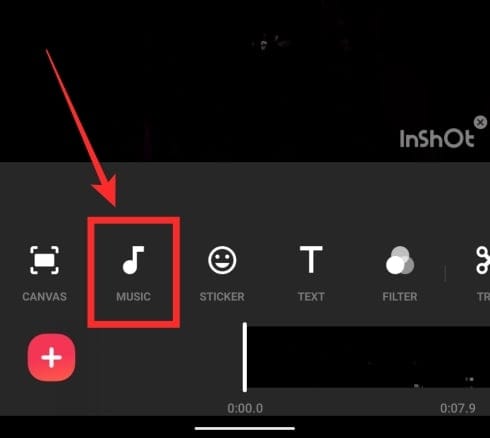
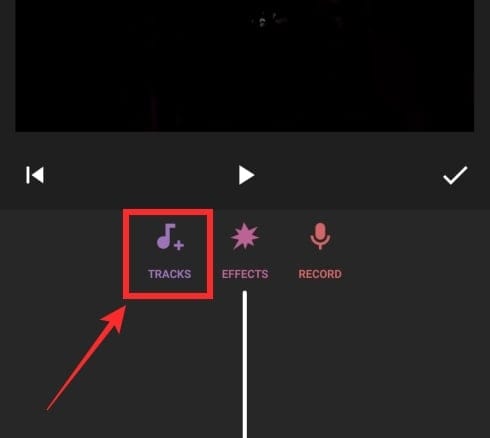

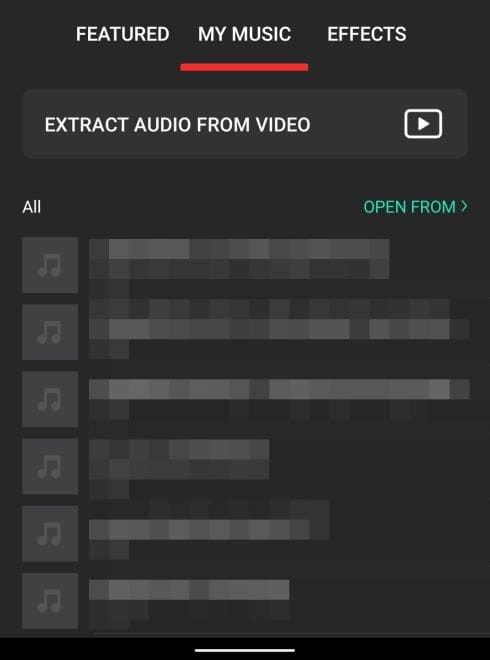
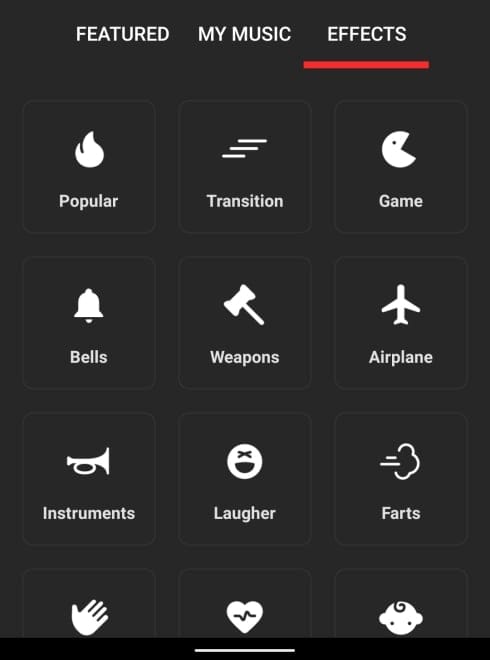
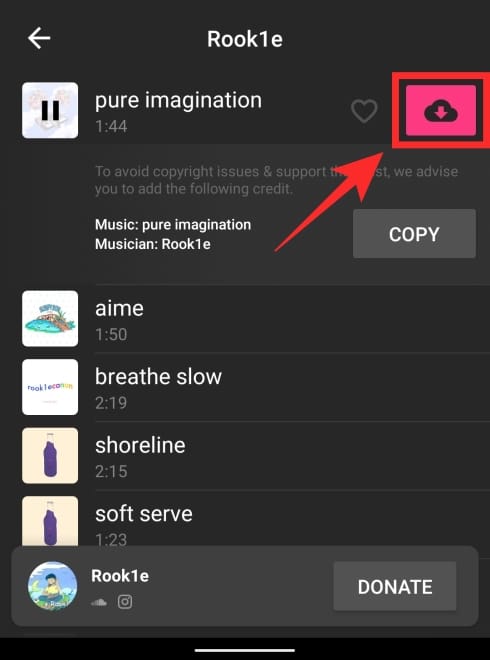
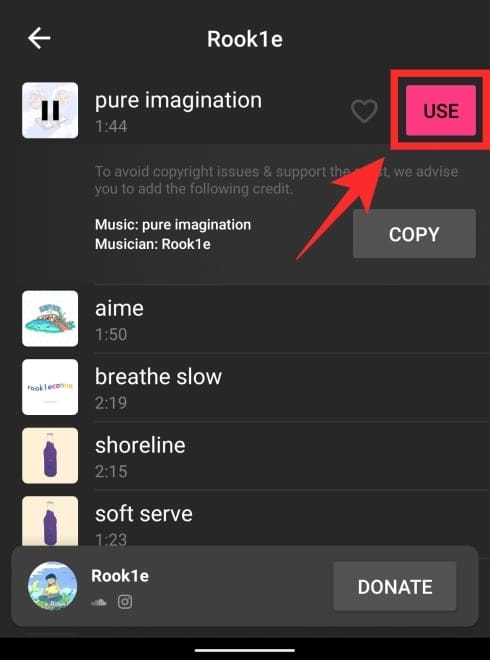
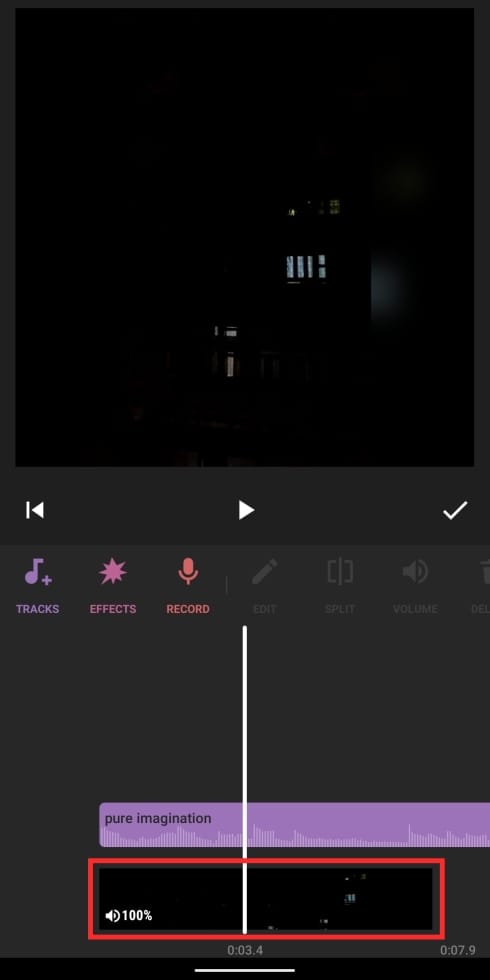
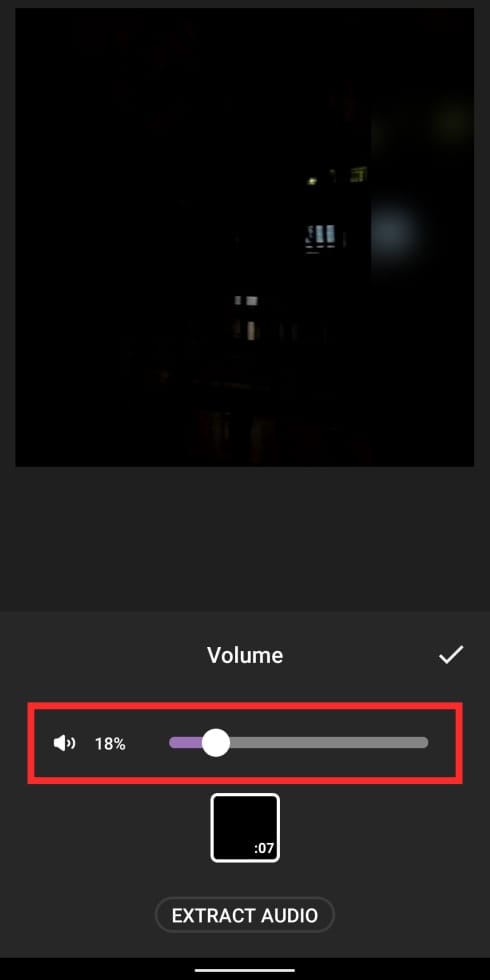
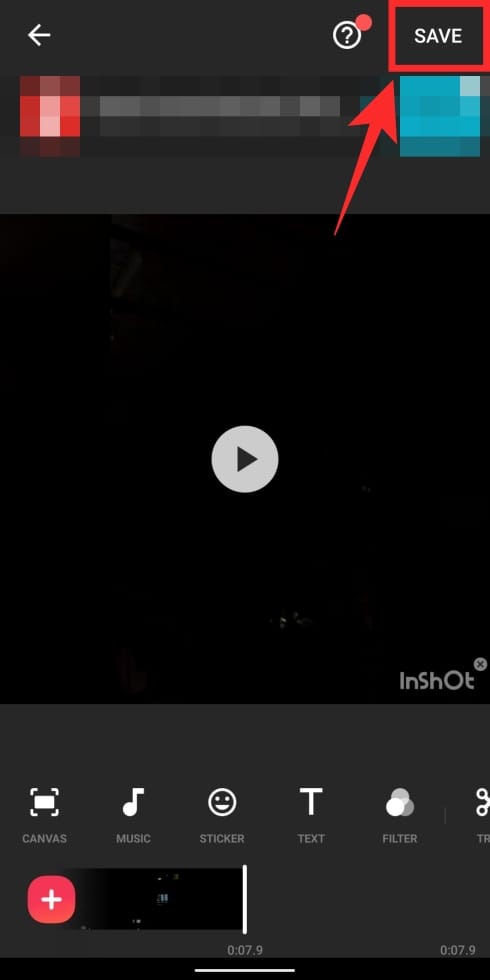

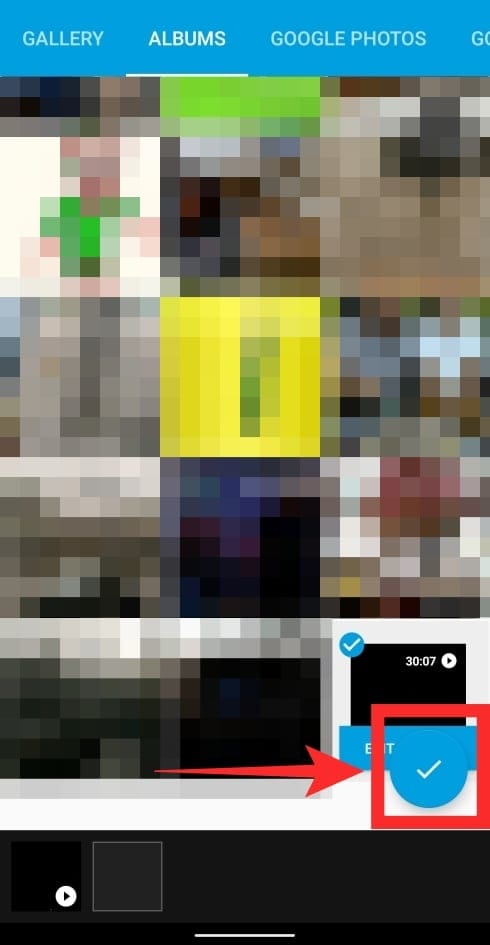
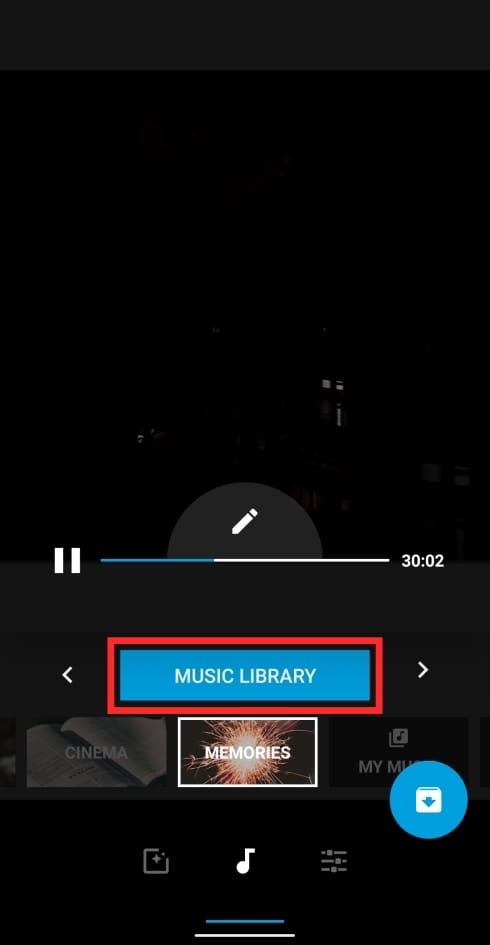
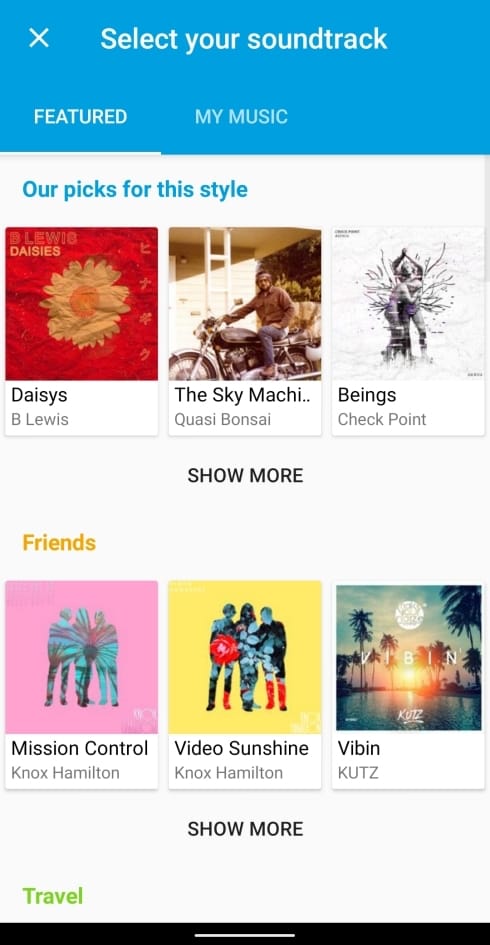
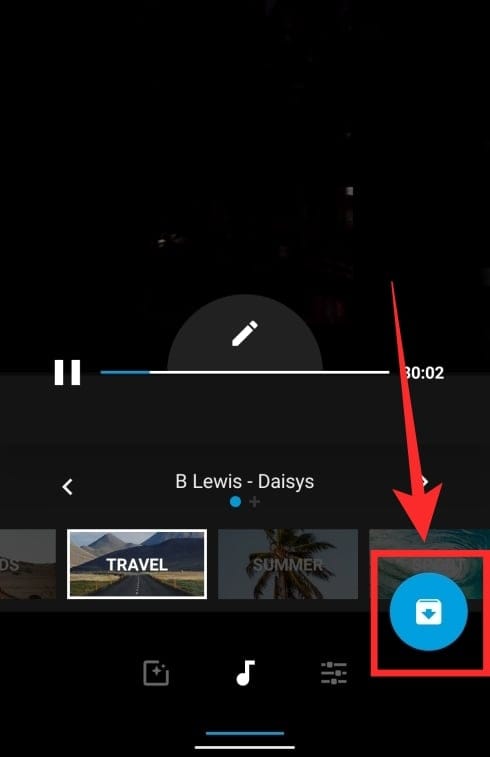


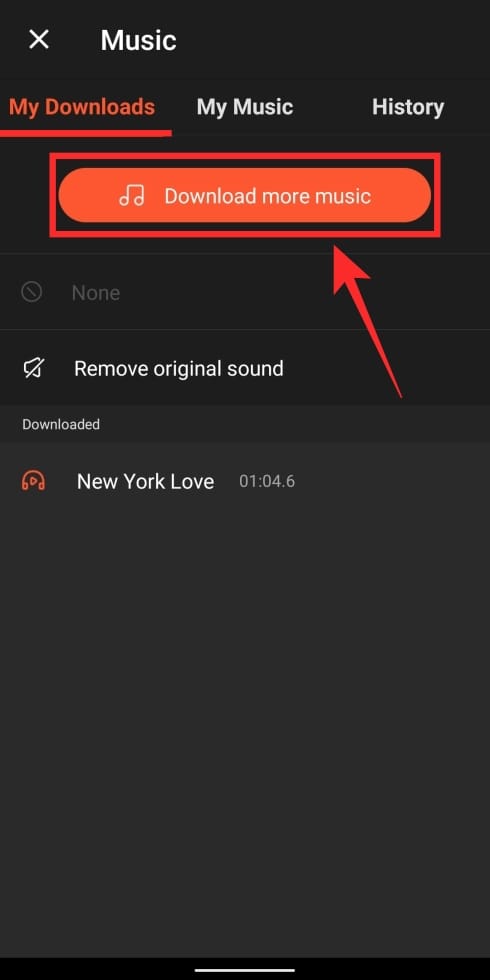
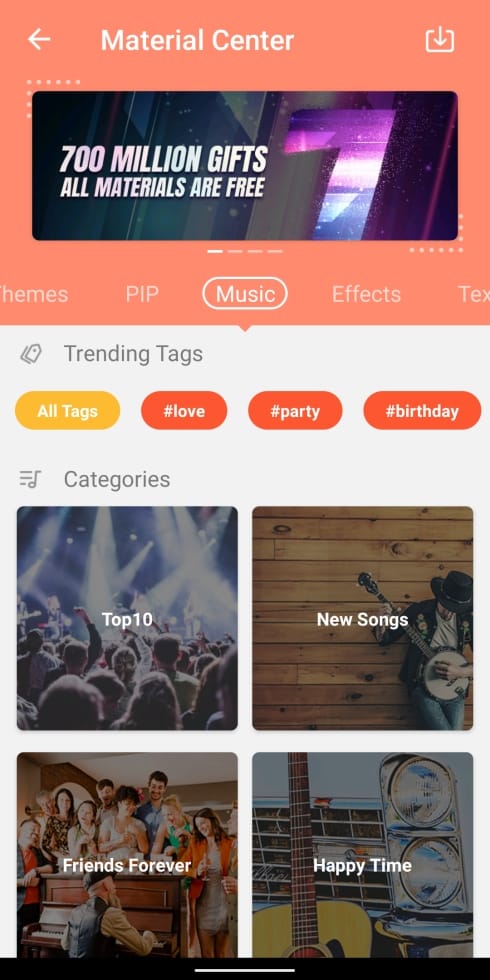

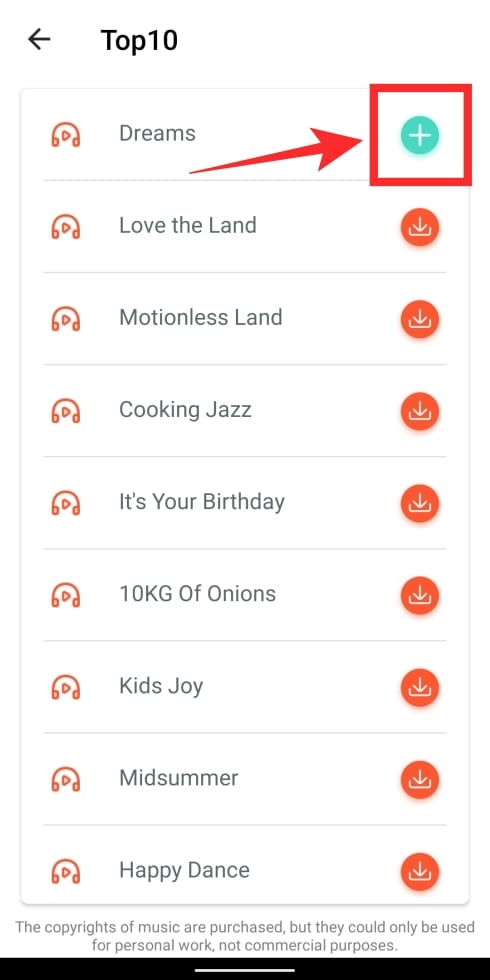
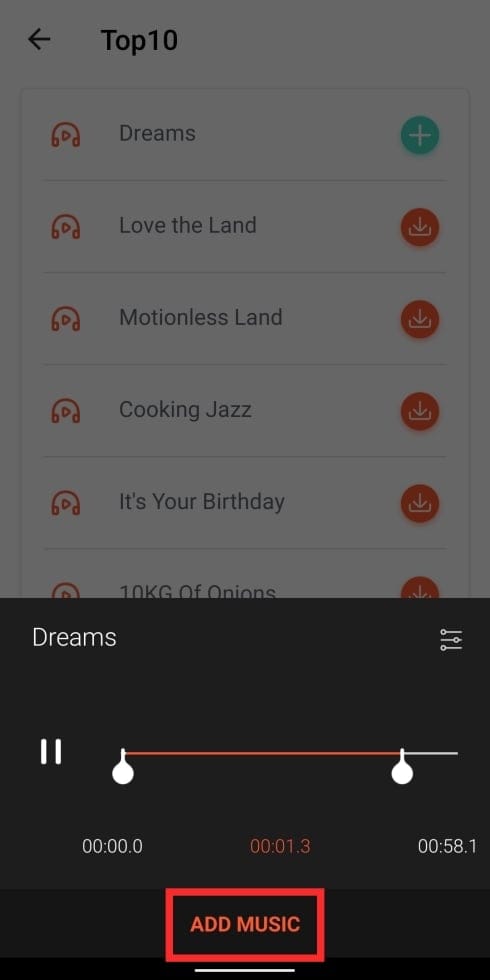
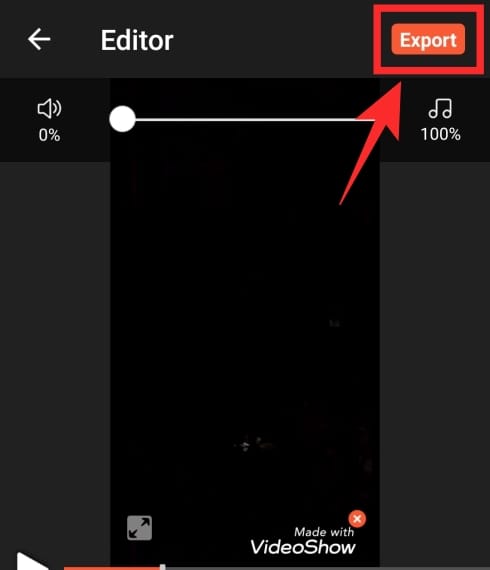











Discussion